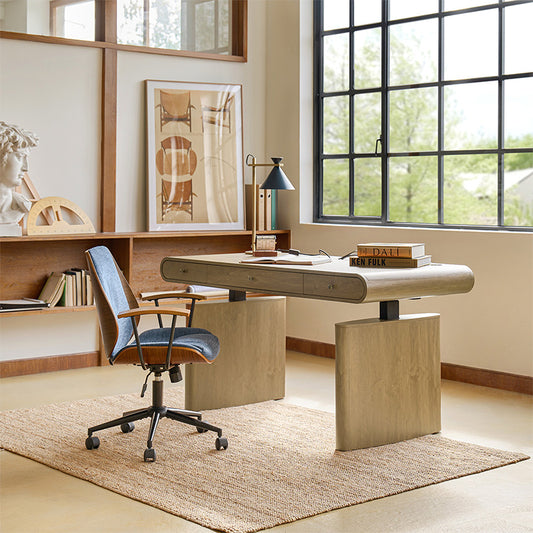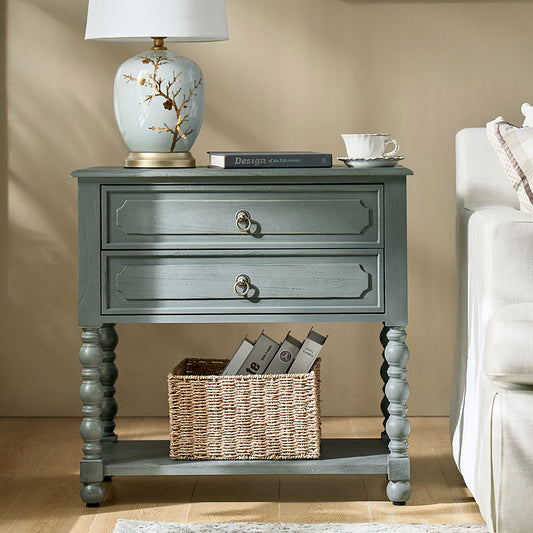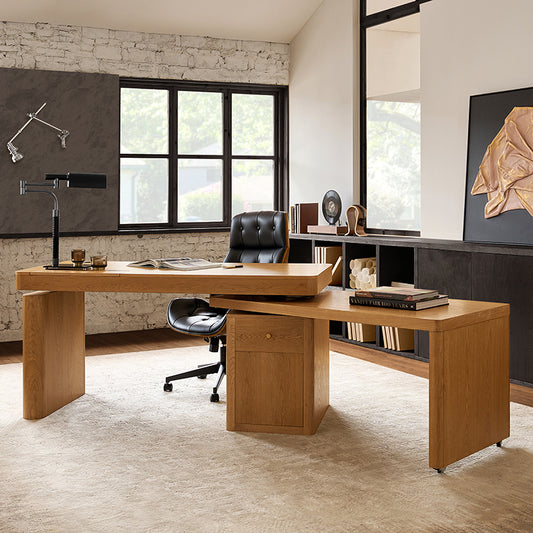Sofa Guide: How to Tell If A Sofa is Good?

Hey there! Buying a sofa isn't just like picking up any old thing. It's a big deal, an investment in long - term comfort, style, and durability. I mean, who wants to blow their hard - earned cash on a sofa that starts making annoying creaking noises or loses its shape in just a few months? Especially for families with rambunctious kids or furry pets, or those who love throwing get - togethers, the right sofa is like the heart of a happy home.
At Hulala, we're the pros in making sofas. We're here to let you in on how to figure out if a sofa is good. We'll focus on three main parts: the frame, cushions, and upholstery. By the end, you'll be a sofa - choosing expert and find one that stands the test of time, both in terms of structure and looks.
A Strong Frame - A Key Indicator of a Good Sofa
Think of the frame as the backbone of your sofa. It's like the foundation of a house. If it's weak, the whole thing's gonna fall apart, no matter how nice the cushions or upholstery are. Let's dig into what makes a good, reliable frame.
Material Matters
1. Solid Wood Frames
A top - notch solid wood frame, like one made from oak, beech, or maple, is a must - have. It's as sturdy as a big, old tree trunk. It gives you great durability and won't easily get out of shape. Stay away from particleboard or low - density engineered wood. I had a friend who bought a cheap sofa with a particleboard frame. Not even a year later, it started cracking. It might save you a few bucks at first, but in the long run, it's a waste of money.
2. Metal Frames
If you're into that modern or industrial look, go for stainless steel or aluminum frames. They're light but strong, kind of like the flexible yet tough bones of an athlete. They can take a lot of stress. I saw a really cool loft apartment with a sofa having a stainless - steel frame. It not only looked stylish but was also super stable.
Structural Design
1. Connection Methods
Remember those ancient wooden bridges that have been around forever? They're still standing because of great joinery techniques like mortise - and - tenon construction. The same goes for sofas. Frames held together with screws and adhesives are much more stable. But if a frame is just joined with nails, it's like building a tower with playing cards. It's bound to fall apart easily. I once sat on a sofa with a nail - joined frame, and it started wobbling after just a little bit of movement.
2. Durability Testing
High - quality frames go through some serious tests. At Hulala, we shake and jostle our frames like they're in a real - life earthquake to make sure they can handle all the daily wear and tear your family can throw at them. It's like giving the frame a workout to see if it's up to the job.
Leather Sofa Sets
Cushion Support - A Hallmark of a Quality Sofa
Cushions are what make a sofa really special. They're the ones that decide how comfortable you'll be and how long the sofa will last. A great cushion should bounce back, support you well, and be durable.
Filling Materials
1. High - Density Foam
Imagine sitting on a cushion that hugs you and then quickly springs back when you get up. That's the magic of high - density foam with a density of 40kg/m³ or more. It doesn't sag easily and keeps supporting you like a trusty friend. I sat on a sofa with this kind of foam recently, and it was like sitting on a cloud that had a firm base.
2. Feather Filling
Feather - filled cushions are soft and luxurious, just like lying on a big, fluffy cloud. But here's the thing, the feathers can move around over time. That's why I suggest getting a mix of foam and feathers. It's like having the best of both worlds - softness and structure.
3. Spring Structures
High - end sofas often have these cool pocketed coil springs or serpentine springs in the cushions. These springs are like the secret power source that keeps your cushions plump and supportive for years. It's like they have their own little engine working inside to keep the cushion in shape.
Resilience and Longevity
1. Resilience Test
Here's a simple way to check a cushion. Push it down hard with your hand and then let go. Does it bounce back right away, or does it just stay flattened like a pancake? A good cushion should pop back up with energy. Try it next time you're looking at sofas. It's an easy way to tell if the cushion is any good.
2. Durability Testing
Quality cushions are put through thousands of tests that are like real - life use. At Hulala, we do these tests so you don't have to worry. It's like we're giving the cushion a long - term trial run before it even gets to your home.
Polyester Fabric Sofa
Upholstery That Lasts - An Essential Aspect of a Good Sofa
Upholstery is the first thing you notice about a sofa, but it's not just for show. It has to be tough enough to deal with wear, stains, and the passing of time.
Material Selection
1. Natural Fabrics
Cotton and linen are really comfortable and breathable. But if you have a busy household, they need some stain - resistant treatment. I know a family with a cotton sofa. It looked great at first, but then their kids spilled juice on it, and the stain was a nightmare to get out. So, if you choose natural fabrics, be prepared.
2. Synthetic Fabrics
Polyester and microfiber are like the workhorses of the sofa world. They can handle stains, scratches, and daily use like champs. They're perfect for homes with kids or pets. My neighbor has a microfiber sofa, and even after her dog has been scratching it and her kids have been jumping on it, it still looks brand - new.
3. Performance Fabrics
Modern materials like tech fabric or faux leather are really cool. They feel as luxurious as leather but are as practical as regular fabric. They're easy to clean and come in all sorts of styles. It's like having the best of both worlds - style and functionality.
Durability Testing
1. Abrasion Resistance
There's this test called the “Martindale Abrasion Test” that checks how well a fabric can handle wear and tear. For home use, you want a rating of 50,000 cycles or higher. It's like a fitness test for the fabric to see how long it can keep going.
2. Stain Resistance
A lot of high - quality fabrics come with special treatments to resist stains, spills, and static. If you're a coffee lover or have kids, these are a must. You don't want to be constantly worrying about stains ruining your sofa.
3. Colorfastness
Nobody wants a sofa that fades like an old photo. Check if the fabric has been tested for colorfastness against sunlight and washing. You want your sofa to keep its color for a long time, right?
Modular Sectional Sofa
Small Details - Clues to a Good Sofa
The little things can really make a high - quality sofa stand out. These small details can make your sofa more comfortable and functional.
Armrests and Backrests
1. Filling Materials
Amrests filled with medium - density foam or feathers are just right. They're soft enough to rest your arms on but also give you some support. It's like having a little pillow for your arms.
2. Ergonomic Design
Well - designed armrests and backrests are like they're made just for your body. They follow the natural shape of your body, making your sofa a cozy place to relax. It's like the sofa is giving you a warm hug.
Base and Legs
1. Materials
Look for legs made of solid wood, stainless steel, or high - strength plastic. They should feel rock - solid, not wobbly at all. You don't want a sofa that moves around when you sit on it.
2. Anti - Slip Pads
Legs with anti - slip pads are great. They not only protect your floors but also keep the sofa in place. It's like giving the sofa some sticky feet to keep it from sliding around.
Certifications and Warranty
A good manufacturer will have certifications like ISO or BIFMA and offer a solid warranty. It's like they're saying, “We're confident in our product, and we'll stand by it.” It gives you peace of mind that you're getting your money's worth.
Genuine Leather Sofa
Conclusion
Choosing a sofa isn't just about how it looks. It's about finding one that fits your life, lasts for years, and makes your daily life more enjoyable. At Hulala, we make sofas that are a perfect mix of form and function, with lots of testing and careful design behind them.
When you're out shopping for your next sofa, don't just plop down on it. Ask questions, check out the materials, and think about how it'll fit into your life. Because a sofa isn't just a piece of furniture; it's where you'll make memories.
At Hulala, we're here to help you find the perfect sofa. So, you can focus on what really matters - making your house a home. Now you know how to tell if a sofa is good!































No comments